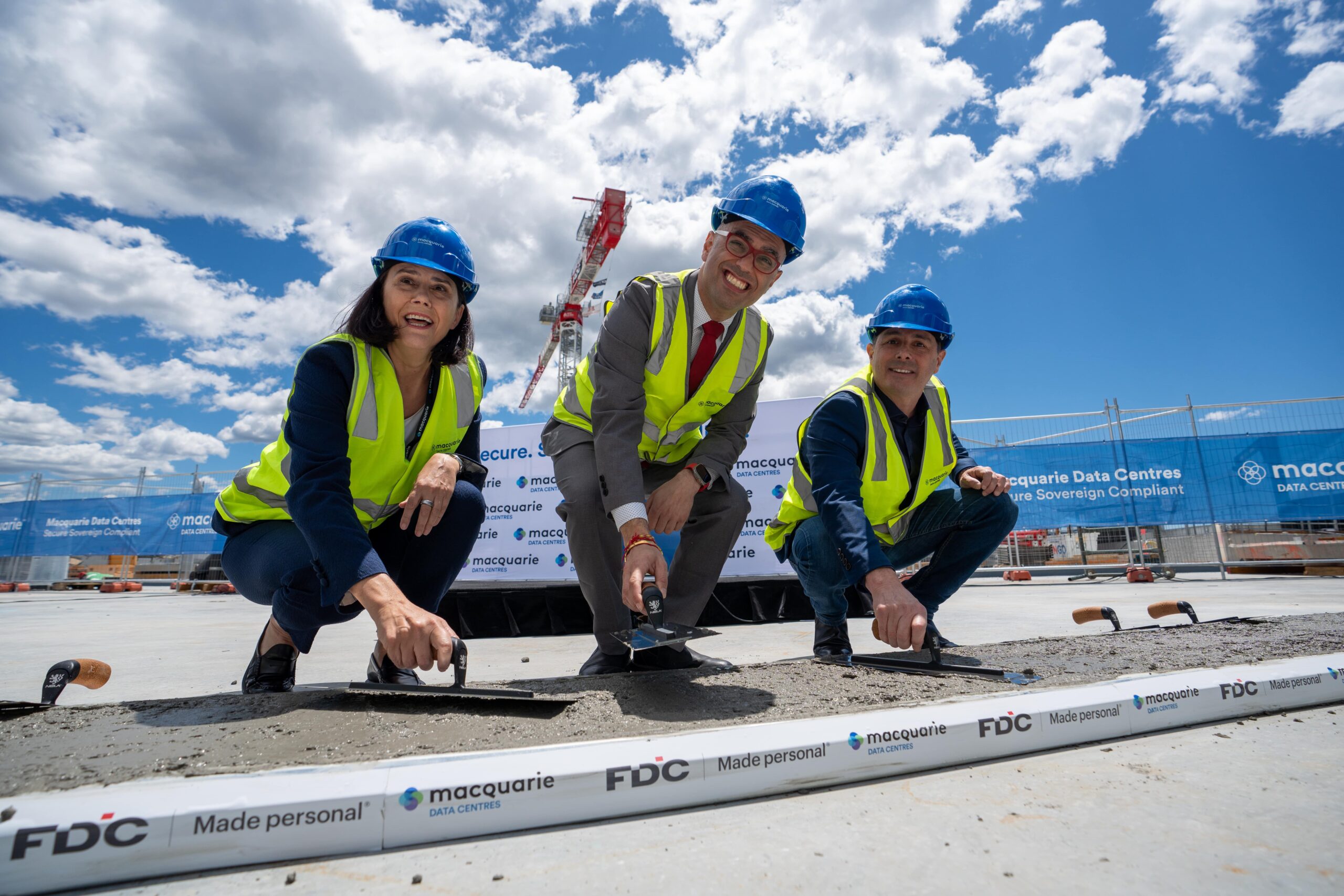Industrial Property Market Flips to Tenant Advantage as Vacancy Rates Surge
26 March 2025
A new research report from Australia’s leading supply chain and logistics consultancy, Prological, reveals that businesses now have unprecedented leverage in industrial property negotiations as Sydney’s super prime space vacancy rate has risen from just 0.2% in late 2022 to 3.75%.
The report, “A Tenant’s Guide: How to gain control in the 2025 property market,” details how market dynamics have transformed after years of extremely low vacancy rates, creating a rare window of opportunity for businesses seeking new facilities or considering relocation.
In Sydney alone, approximately 300,000 sqm of sublease facilities are available off-market – equivalent to roughly one year’s typical take-up in the city.
According to the whitepaper, the dramatic cost differential between Sydney and Melbourne industrial property markets has become large enough to override traditional supply chain planning considerations, forcing businesses to reconsider their national distribution strategies.
Key findings from Prological’s Industrial Property Market Whitepaper include:
- 35% of organisations plan to expand or relocate warehousing operations within five years
- Super Prime premises in Melbourne offer approximately $100 per square meter lower leasing costs than equivalent Sydney facilities
- Sublease space now represents around 50% of the total vacant area in the Sydney market (for space > 5,000 sqm)
- Major shipping lines are signalling potential changes to port calling patterns in Australia, which could significantly impact network design decisions
Peter Jones, Managing Director and Founder at Prological said: “The traditional approach of designing supply chain strategy first, then securing suitable properties to execute, is being fundamentally challenged by current market conditions. The interplay between dramatically different property costs, changing shipping patterns, and sustainability requirements has created new strategic considerations that weren’t important even five years ago.”
“This shifting landscape requires a more integrated approach to industrial property decisions, where real estate availability and costs can become primary drivers of supply chain strategy rather than secondary considerations. Organisations looking to make the most of this window of opportunity should consider how these factors might reshape their distribution network over the next decade.”
The whitepaper also explores how sustainability considerations are creating tension with traditional centralised network models. While a centralised network offers operational simplifications and potential cost benefits, the increased transportation requirements result in a larger carbon footprint compared to decentralised approaches with multiple distribution centres positioned closer to customers.
To download the report in full, click here.






